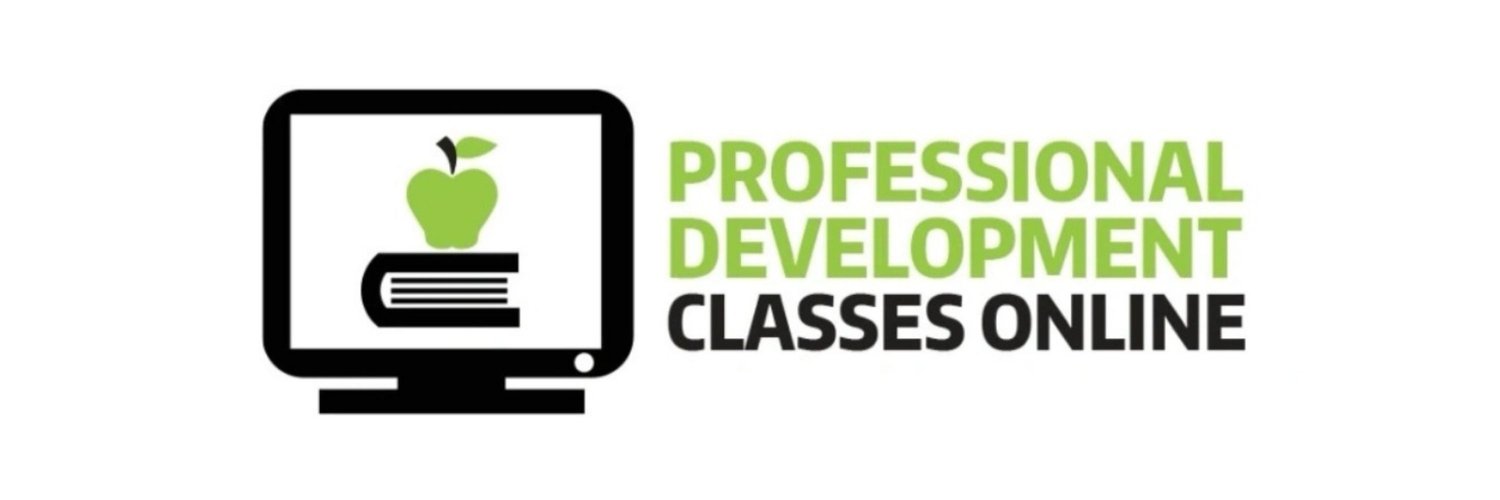Selective Mutism- Creating Understanding and Progress
Description
Throughout this course, participants will explore a myriad of approaches to understand and support students with selective mutism. Teachers will learn the underlying psychological and developmental factors contributing to selective mutism, gaining invaluable insights into effective strategies to empower these students. Teachers will focus on practical strategies aimed at creating a supportive classroom environment, fostering trust, and gradually encouraging verbal communication. Moreover, this course will highlight the importance of collaborative efforts involving educators, parents, and mental health professionals to implement personalized interventions tailored to the unique needs of each student. By integrating theoretical insights with practical techniques, participants will emerge equipped with a comprehensive toolkit to facilitate the progress and well-being of students navigating selective mutism challenges within educational contexts.
This course is appropriate for both general education and special education teachers of students in grades K-12 and is worth 45 in-service hours (3 semester credits/units).
Note: Course purchase includes completion certificate. Required text not included.
Book: Helping Your Child with Selective Mutism: Practical Steps to Overcome a Fear of Speaking By Angela McHolm, Cbarles Cunningham, and Melanie Vanier
Objectives
Course Objectives:
In this course, participants will have opportunity to:
Course Objectives:
By the end of this course, participants will:
Understand Selective Mutism and its impact on students in school.
Learn effective ways to help students with selective mutism communicate comfortably.
Create supportive environments for these students in classrooms.
Develop monitoring plans to track student’s progress.
Course Relation to CCS or other Professional Standards
This course aligns to the standards for:
Standard 1 Engaging and Supporting All Students in Learning
1.1 Using knowledge of students to engage them in learning
Standard 2 Creating and Maintaining Effective Environments for Student Learning
* 2.2 Creating physical or virtual learning environments that promote student learning, reflect diversity, and encourage constructive and productive interactions among students
Standard 6 Developing as a Professional Educator
*6.3 Collaborating with colleagues and the broader professional community to support teacher and student learning
6.6 Managing professional responsibilities to maintain motivation and commitment to all students
Certificate
By completing/passing this course, you will attain the certificate 45 Hour


